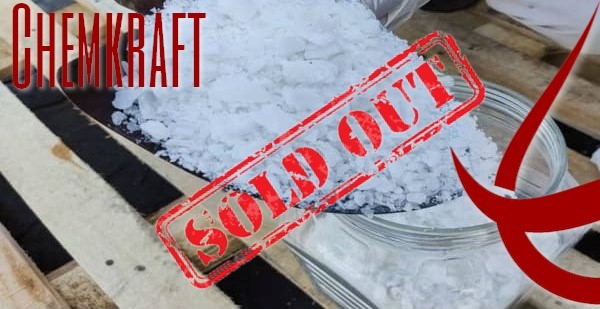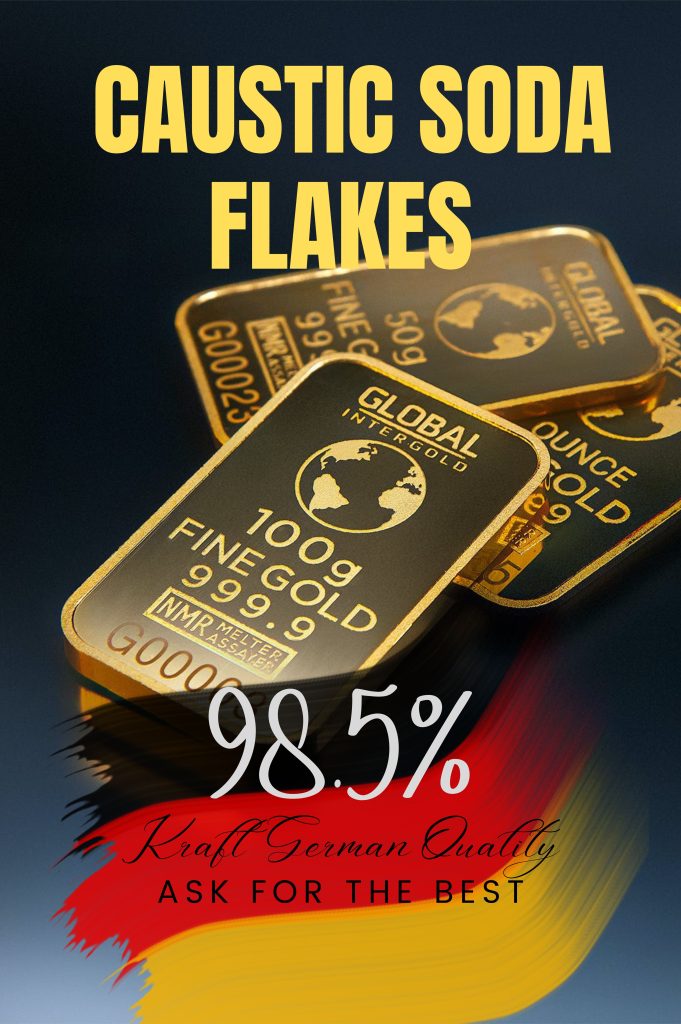Introduction:
Caustic soda, also known as sodium hydroxide, is a fundamental chemical compound with a wide range of industrial applications. Its significance in various industries makes it a key player in the global market. This essay will delve into the current global market trends for caustic soda, exploring factors that influence demand, production capacities, and the evolving landscape of this essential chemical.
Historical Perspective:
To understand the current market trends, it’s essential to briefly explore the historical context of caustic soda. Originally, caustic soda was produced using a labor-intensive process known as the Leblanc process in the 18th century. However, the modern chlor-alkali process, which involves electrolysis of sodium chloride, revolutionized its production, leading to increased availability and affordability.
Demand Drivers:
The demand for caustic soda is closely tied to several industries. One major driver is the pulp and paper industry, where caustic soda is used in the pulping process to break down lignin and separate fibers. Additionally, the chemical industry relies on caustic soda for the production of various chemicals, including plastics, textiles, and detergents. The aluminum industry also contributes significantly to caustic soda demand, as it is used in the extraction of alumina from bauxite.
Global Economic Trends:
The global economic landscape plays a crucial role in shaping the market for caustic soda. Economic growth in emerging markets often leads to increased industrialization and infrastructure development, subsequently driving the demand for caustic soda. Conversely, economic downturns can impact the production and consumption patterns of caustic soda as industries may scale back operations.
Regional Disparities:
While caustic soda is a globally traded commodity, regional disparities in production and consumption exist. The Asia-Pacific region, particularly China, is a major player in the caustic soda market, both as a producer and consumer. China’s rapid industrialization and urbanization have led to a substantial increase in caustic soda demand. In contrast, regions with mature industrial sectors may experience stable or declining demand.
Technological Advancements:
Technological advancements in caustic soda production processes contribute to market trends. Improvements in energy efficiency and the development of membrane cell technology in the chlor-alkali process have not only enhanced production capacities but also reduced the environmental footprint of caustic soda manufacturing. Such innovations influence the competitiveness of caustic soda in the global market.
Environmental Considerations:
Growing concerns about environmental sustainability are impacting market trends for caustic soda. The chlor-alkali process, traditionally reliant on mercury cells, has faced criticism due to mercury pollution. In response, the industry has been transitioning to mercury-free and more environmentally friendly technologies. This shift reflects a broader trend where environmentally conscious consumers and businesses prefer products and processes with lower ecological footprints.
Trade Dynamics:
Caustic soda is a globally traded commodity, and international trade dynamics influence market trends. Trade policies, tariffs, and geopolitical factors can impact the flow of caustic soda between countries. Additionally, fluctuations in currency exchange rates may affect the competitiveness of caustic soda produced in different regions.
Price Volatility:
The caustic soda market is susceptible to price volatility influenced by several factors. Fluctuations in raw material prices, such as the cost of salt and energy, directly impact production costs. Supply and demand imbalances, influenced by global economic conditions and regional factors, can also contribute to price volatility. Manufacturers and end-users closely monitor these fluctuations to adapt their strategies accordingly.

COVID-19 Pandemic Impact:
The COVID-19 pandemic has had profound effects on global industries, and the caustic soda market is no exception. Disruptions in supply chains, reduced industrial activities, and shifts in consumer behavior have influenced the demand and production of caustic soda. The recovery and adaptation of industries post-pandemic will shape the market in the coming years.
Future Outlook:
Looking ahead, several factors will likely shape the future trends of the caustic soda market. Continued efforts toward sustainable production, technological advancements, and evolving regulatory landscapes will play pivotal roles. Additionally, as global economies recover from the pandemic, the resumption of industrial activities and infrastructure projects will contribute to the overall growth of the caustic soda market.
Conclusion:
The global market trends for caustic soda are multifaceted, shaped by a combination of industrial demands, economic dynamics, technological innovations, and environmental considerations. Understanding these trends is essential for industry stakeholders, policymakers, and investors to navigate the evolving landscape of this crucial chemical compound. As caustic soda continues to be a linchpin in various industries, its market trends will undoubtedly have far-reaching implications on global economic and environmental sustainability.










